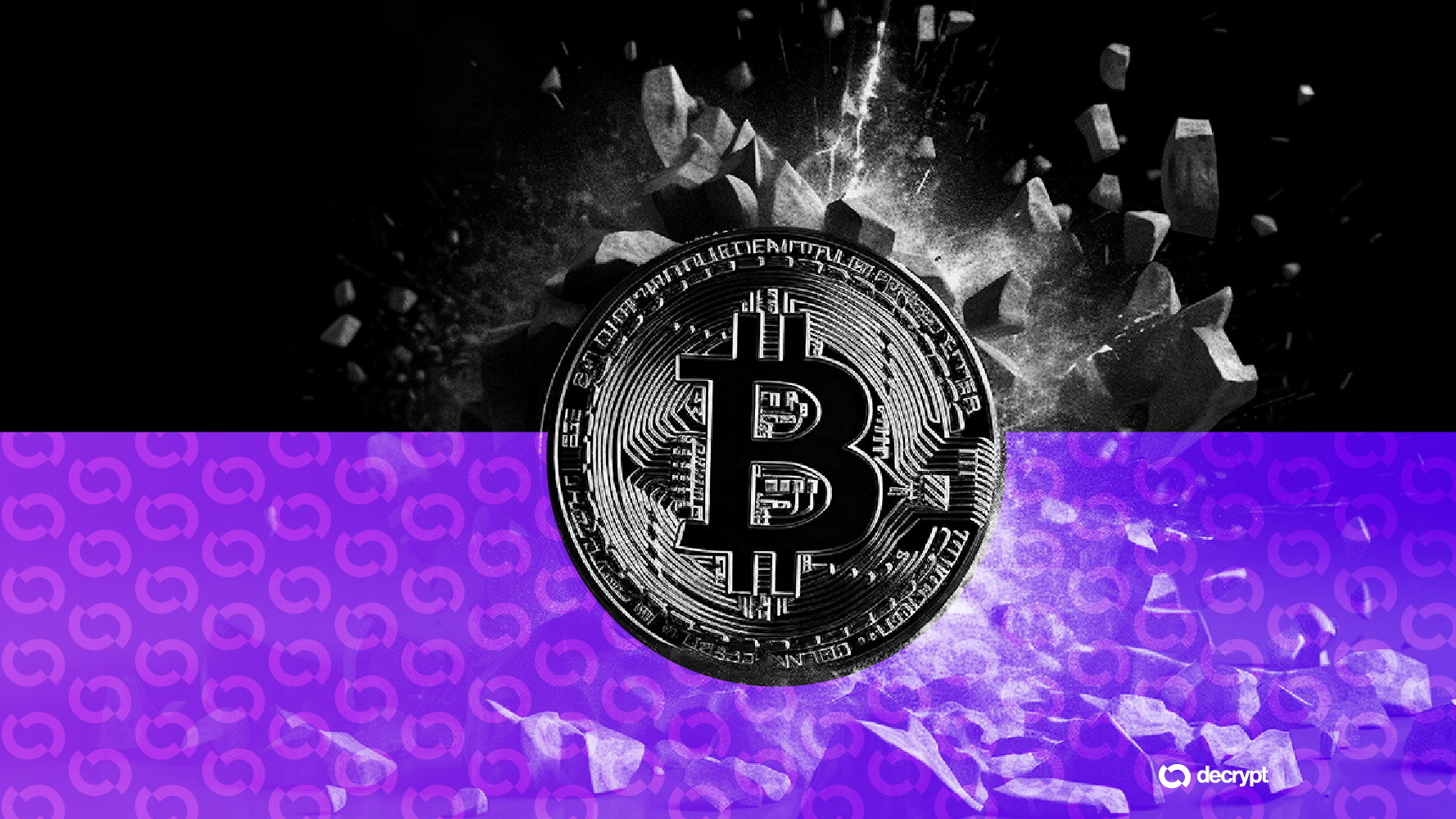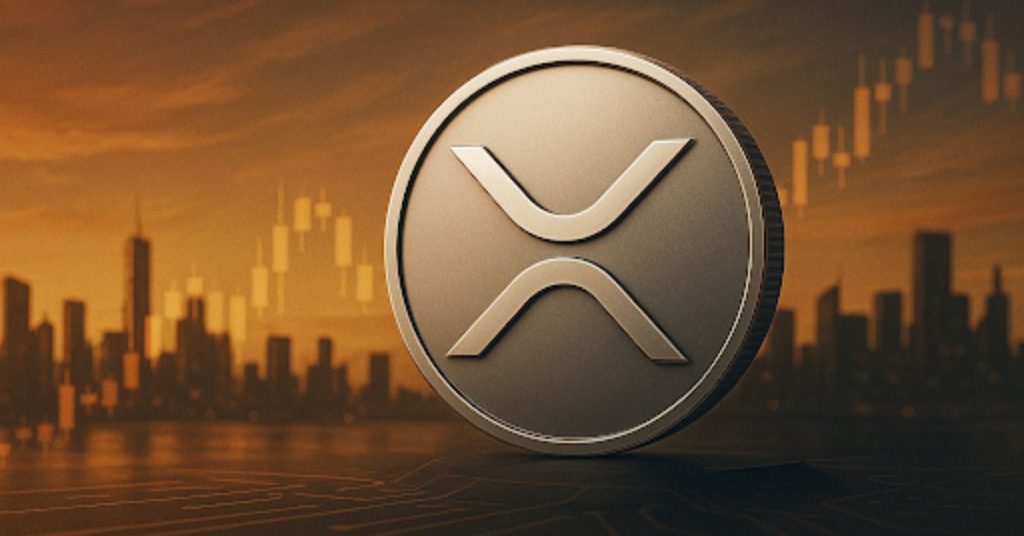

XRP
XRPXRP to USD Chart
XRP / USDT Candlestick Chart
Technical Analysis for XRP/USDT
Where to Buy XRP (Markets)
Market Statistics
About XRP
What is Ripple?
Ripple is a financial technology company that specializes in cross-border payment solutions through its proprietary payment system, RippleNet. Unlike decentralized cryptocurrencies designed for peer-to-peer transactions, Ripple primarily serves financial institutions, including banks, payment providers, and digital asset exchanges. Its goal is to facilitate faster, low-cost international transactions.
Ripple also played a key role in developing the XRP Ledger (XRPL), an open-source distributed ledger that supports its payment infrastructure. While Ripple utilizes XRPL, the ledger operates independently and is maintained by a decentralized network of validators.
The XRP Ledger (XRPL): A Decentralized Payment System
The XRP Ledger (XRPL) is a public, decentralized ledger that records transactions in real time. Its native digital asset, XRP, serves as a bridge currency for facilitating cross-border payments. Unlike Bitcoin, which relies on energy-intensive Proof-of-Work (PoW) mining, XRPL uses a more efficient consensus mechanism to validate transactions.
Key Features of XRPL:
- Open-Source & Decentralized: Anyone can participate in the network by running a validator node.
- Fast & Low-Cost Transactions: Settlements occur in seconds with minimal fees.
- Unique Consensus Model: Unlike PoW or Proof-of-Stake (PoS), XRPL uses the Ripple Protocol Consensus Algorithm (RPCA) to confirm transactions.
How Does XRPL Achieve Consensus Without Mining?
Instead of mining, the XRP Ledger relies on a consensus protocol where a network of independent validator nodes agrees on transaction validity. Here’s how it works:
- Transaction Submission: A user initiates a transaction (e.g., sending XRP).
- Validator Voting: Trusted nodes (validators) verify the transaction.
- Supermajority Approval: At least 80% of validators must agree for the transaction to be finalized.
- Ledger Update: Once confirmed, the transaction is permanently recorded on XRPL.
The Role of the Unique Node List (UNL)
While anyone can run a validator, Ripple provides a Unique Node List (UNL)—a recommended set of trusted validators to ensure network reliability. Participants can choose their own validators, maintaining decentralization while minimizing the risk of malicious activity.
Real-World Use Case: Cross-Border Payments
Imagine Alice in Japan wants to send 1,000 JPY to Bob in India. Here’s how RippleNet and XRPL streamline the process:
- Alice sends JPY to a RippleNet-connected financial institution.
- The institution converts JPY to XRP for near-instant transfer.
- XRP is validated by the network and delivered to Bob’s provider in seconds.
- Bob receives the equivalent amount in INR (Indian Rupees) without high fees or delays.
This system eliminates intermediaries, reducing costs and settlement times from days to mere seconds.










